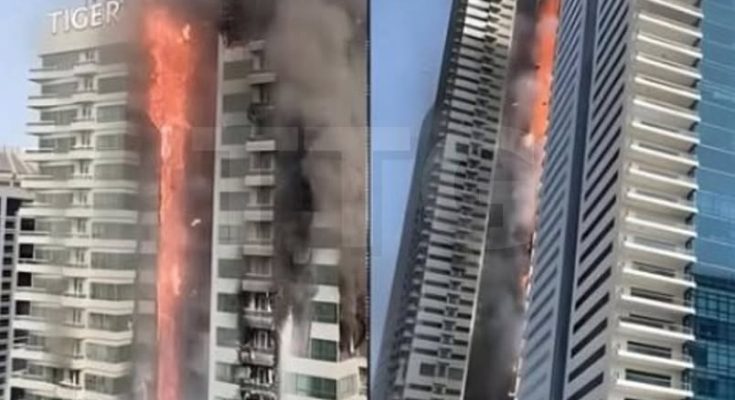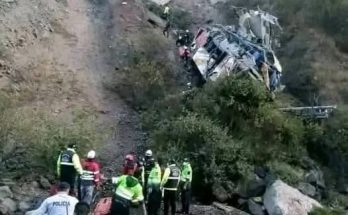
In late September, as the anniversary of Hamas’s October 7 attacks drew near and Gaza lay in devastation, Israeli Prime Minister Benjamin Netanyahu declared a new strategic focus: targeting Hezbollah in southern Lebanon. Despite a relentless campaign that severely weakened the group’s leadership and forced over 1.2 million civilians to flee, Hezbollah remains a significant adversary — recently even executing a drone strike that struck Netanyahu’s own residence.
This article examines how Hezbollah has endured, adapted, and continues to respond despite the overwhelming firepower of Israel.
1. Israel’s Multi-Front Offensive Against Hezbollah
Eliminating Key Leaders
In late September, Israeli forces initiated a prolonged bombing campaign. Among the prominent Hezbollah figures who were … are:
Hassan Nasrallah (Secretary-General) Hashem Safieddine (Deputy Leader) Nabil Qaouk, Ibrahim Aqil, and Ali Karaki (Senior Military Commanders)
These attacks targeted Hezbollah installations in Dahiyeh, the Beqaa Valley, and even central Beirut, including drone manufacturing sites and financial centers.
The Psychological Assault
Israel also reportedly activated thousands of booby-trapped communication devices (pagers, walkie-talkies), resulting in casualties among both militants and civilians. The objective: to dismantle Hezbollah’s centralized command.
2. Hezbollah’s Resilient Structure and Strategy
Despite suffering these devastating blows, Hezbollah continues to function. What is the reason behind this?
Autonomous Units
The military strategy of Hezbollah is fundamentally based on decentralization. Small, well-trained units operate autonomously, granted the authority to make their own tactical decisions. This mission-command style of operation has enabled the organization to sustain its functionality even after the loss of its leadership.
High Mobility and Dispersal
Hezbollah employs tactics that were developed during earlier conflicts, including:
– Underground tunnels and shelters
– Mobile rocket platforms
– Mountain bikes for discreet transportation
– Rapid setup and dispersal times (less than 30 seconds for a rocket launch)



